The term "drone industry" is often used without specifying players or participants, signifying an amorphous collection of individuals, organizations and entire sectors. It's a useful one though, as this collection of what are buyers and sellers of uncrewed aerial vehicles and systems are all ultimately interested in driving the adoption and spread of drone technology as well as the ecosystems that define it. So, what does it mean to create a path forward that makes sense for the collective “drone industry?”
Erik Mintz explored these specifics in his "Decoding the Drone Industry" series, but attendees at XPONENTIAL had the opportunity to learn not only what his research revealed but also better understand this industry's potential future, and how they can help shape it.
Mintz has over thirty years of experience in tech, leading software development and product management teams at IBM and Constant Contact. He's seen firsthand how other collective industries that are at similar stages develop and struggle because buyers and sellers can't agree around how they should define new products or innovations. At the stage at XPONENTIAL, he mentioned that he’s heard insiders remark that the drone industry behaves like a technology industry, but is regulated like aviation. The chasm between these two defines the present and potential future of the entire drone industry.
“I’ve heard regulators say things like, ‘we’re regulating a technology,’ which can be a challenge for the FAA because they see everything through the prism of aviation, and rightfully so,” Mintz said. “The airspace is as safe as it is because of that approach, but it means the drone industry has to operate within a framework that is highly regulated, and we don't have control over when things like Part 108 are going to happen. But we can take control by getting input over product category labels.”
While recent developments have changed the timeline around when we might see movement with Part 108, the proper category labels as part of the drone industry that Mintz mentioned is the heart of his thesis. In Part 1 of his series, he outlined how product categories as well as the conditions that enable them evolve to support the formation of entirely new industries. In Part 2, he compares the evolution of the drone industry with the history of the PC to draw parallels that can further inform how drones are adopted in the short and long term. Part 3 of his series brings this research to a conclusion with a manifesto for a new era of aviation that calls out how the drone industry is not simply an extension of aviation but instead represents a revolution of it, similar to how PCs changed the game to establish an entirely new product category.
He asserts that drones don't fit into established categories of traditional aviation. This distinction is crucial because proper categorization is essential for effective regulation and widespread adoption. A drone is a computer that happens to fly but the drone industry itself doesn’t behave like a traditional aviation industry, which is why the drone industry shouldn't be seen as a mere subsector of aviation.
This difference in paradigm highlights the need for a new way to regulate and position the technology, better defining what can make the "drone industry" more of a "drone economy." By properly naming the various categories within the drone industry across the hardware, software, and services segments, Mintz believes new opportunities can be accelerated between buyers and sellers, which is a development he's seen transform other industries.
“Why is it so critical to get the category correct?” Mintz asked the crowd. “Without the right category label, customers don’t understand what they’re buying, but when it’s correct, it can stimulate demand, which is why it’s so important in an early market to get the name of the category correct. You can see challenges with this sort of categorization in the lifecycle of the Smartphone industry. Before the Smartphone term was coined, there were hundreds of labels representing the Smartphone, such as "Gaming Deck" and "Pocket Computer" and "Camera Phone," plus plenty more. Once the "Smaetphone" term came to prominence, which is to say once it established a dominant category label, the demand for these devices accelerated because buyers better understood what they were buying."
Mintz asserted that category labels communicate crucial information. To accelerate growth and establish a dominant category label, collaboration within that category is essential.
When creating a new category label, he also highlighted the need to clearly define the category's ultimate meaning to educate consumers on what the category is and how to use it. Mintz advised against creating an entirely new label if possible and using something that already exists. "You can hedge and be part of multiple labels to see what will emerge," he suggested. However, if a new label is necessary, "the label should be both novel and familiar." The label should be distinctive enough to attract attention, and familiar enough to convey how it will be used.
Stay tuned for more info from Mintz about this effort by following his channel on Commercial UAV News.


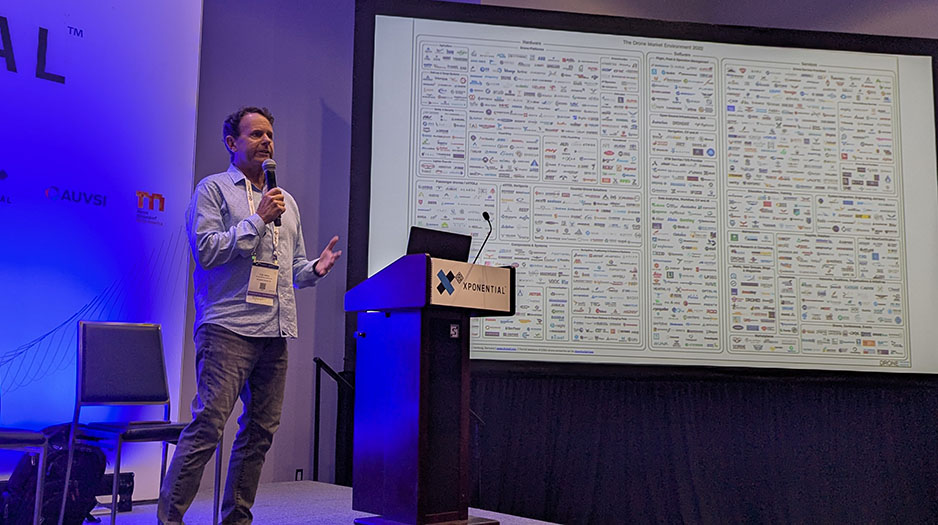


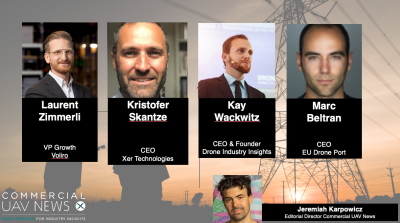
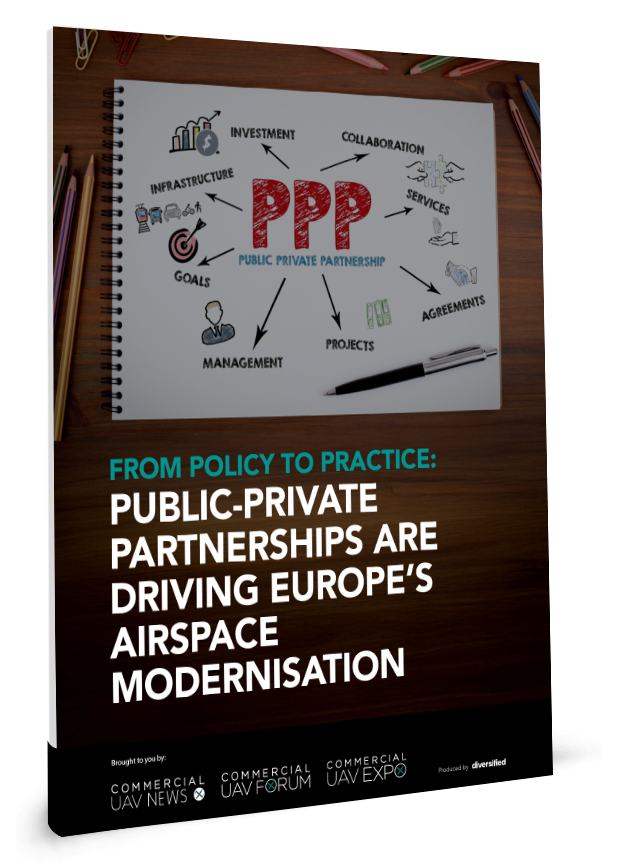
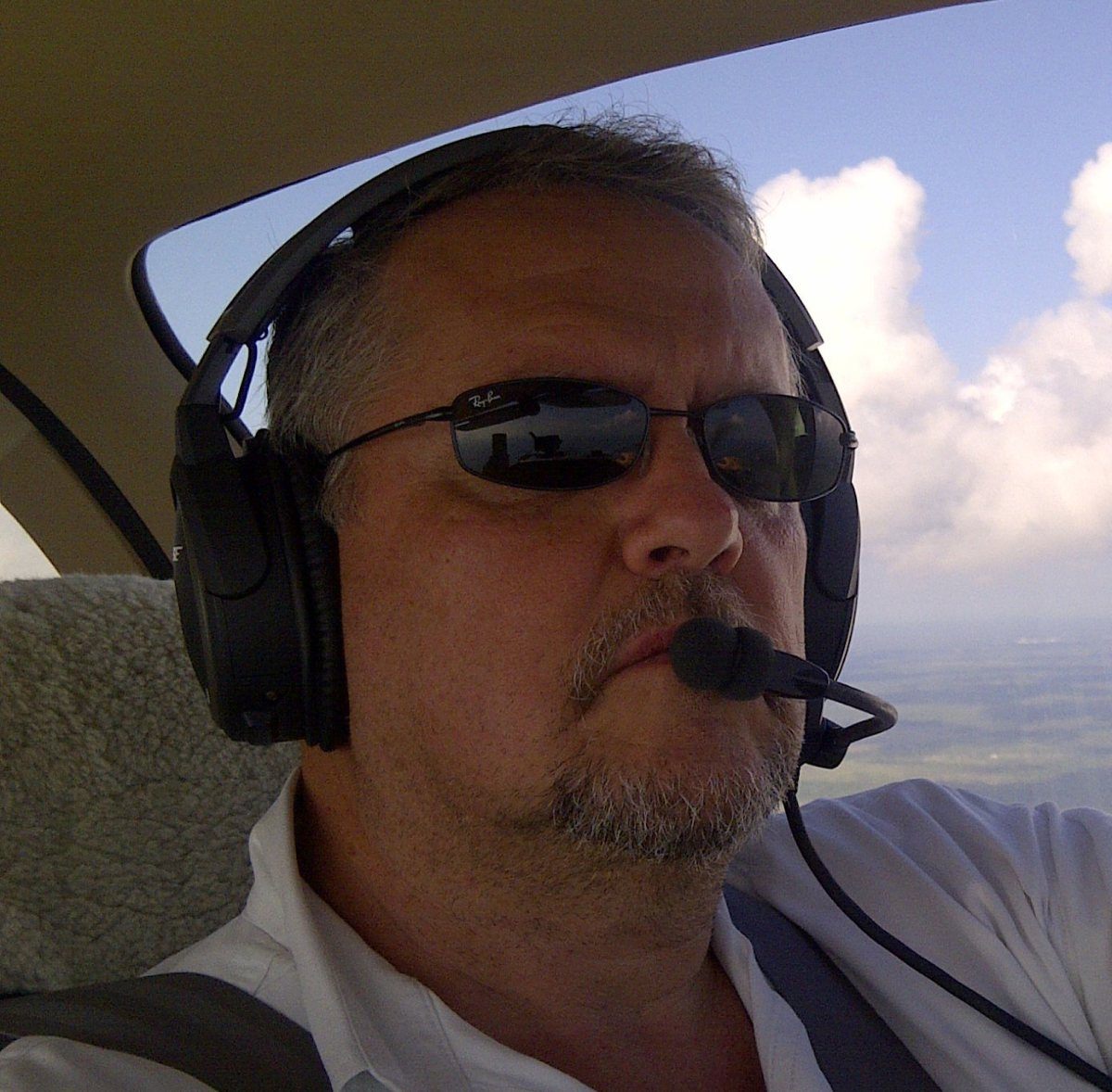






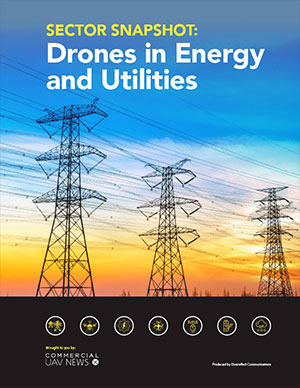

Comments